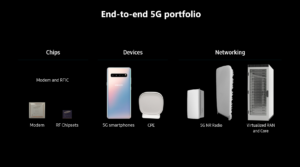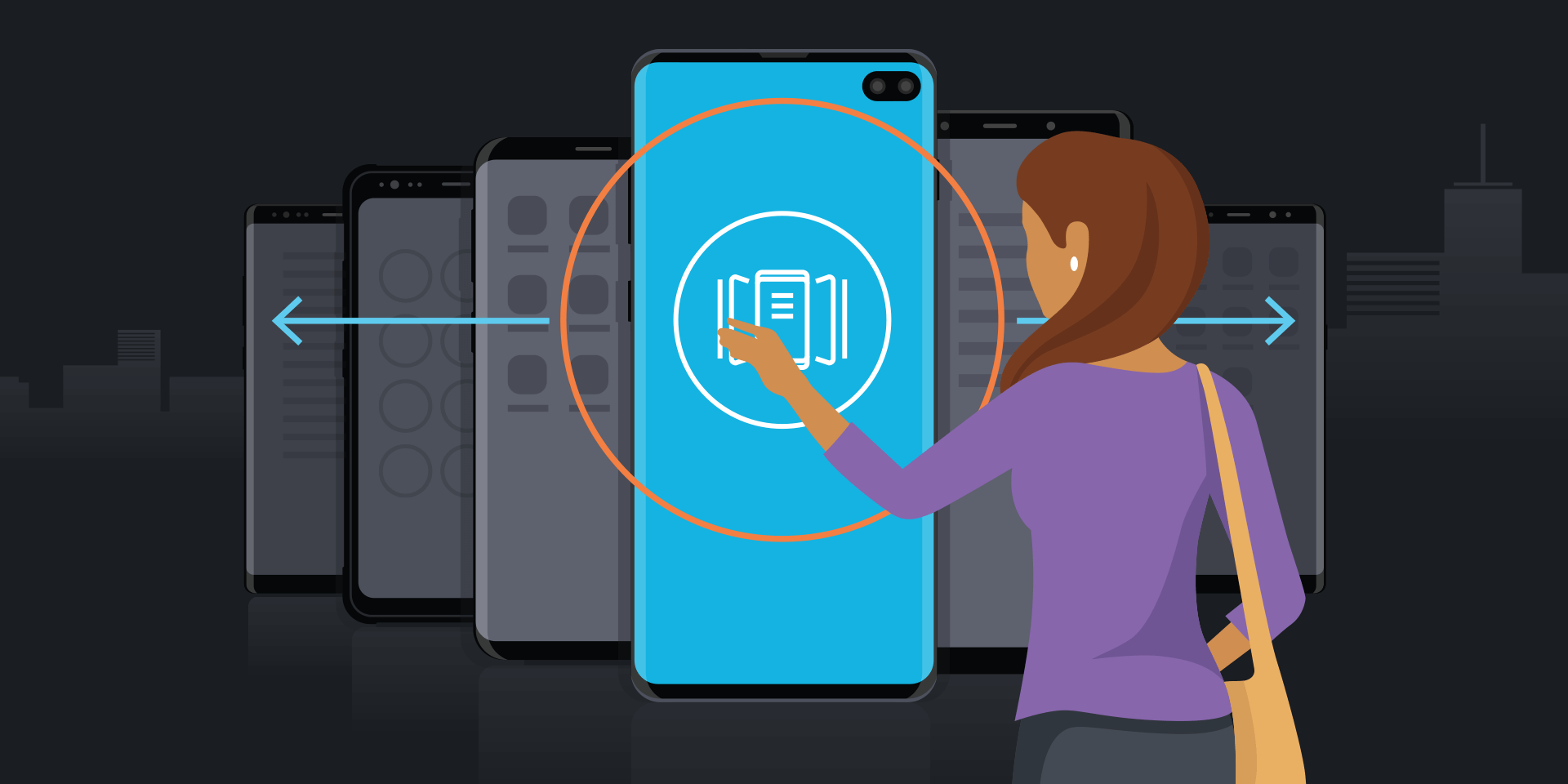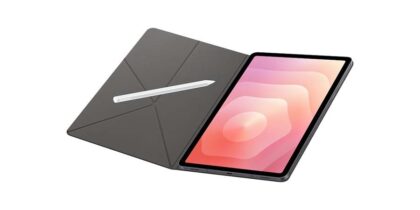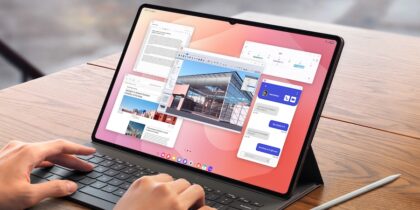When considering how to deliver on the promise of 5G, some key factors are necessary to deliver new possibilities.
- Key competencies to deliver the underlying technology
- A broad view to expand capabilities and ecosystem
- Industry partners with a shared vision
1. Key Competencies
What makes 5G so unique is that the standard was designed to support much more than mobile devices.
Support for fixed and mobile application as well as use case enablement have been established. As an industry, it started with developing new radio technology to support frequency bands that are extremely high on the overall spectrum. For Samsung, having competency in semiconductor, device design, RF technologies and mobile infrastructure has been critical in driving technology solutions for commercializing 5G.

At Samsung, we are one of the only companies who has a full end-to-end competency and the only manufacturer able to deliver all elements of a complete 5G portfolio via a trusted and secure supply chain.
At our foundation, Samsung is a semiconductor company and our deep understanding of design and manufacturing has given us an edge in delivering 5G commercial solutions from the first device to networking infrastructure technology.
Over the past 10 years, our teams across semiconductor, device and network technologies have been working on critical 5G developments like harnessing mmWave spectrum via beamforming and increasing spectral efficiency and capacity via massive MIMO antenna technology.
What's the Best Phone for Your Business?
Discover the smartphone most tailored to your business needs. Download Now
2. A Broad View
As 5G technology has developed into commercial solutions it has become increasingly important to broaden the ecosystem and to include other industries and players – precisely due to different use cases being contemplated to be powered by 5G.
The industry has been abuzz about 5G enabling everything from autonomous ride share services to remote medical procedures. These areas do not advance without engaging with market players from the auto component and medical device manufacturers to the ride-share firms and clinicians as well.
To advance this promise of 5G, this has required the industry to broaden the eco-system via expanding strategic relationships, engaging with enterprises and make investments in areas like AI, cloud, edge computing as well as key industry sectors like automotive and transportation.
Samsung has also been working to acquire additional capabilities in these areas, like Joyent, a cloud company; Viv, an artificial intelligence platform; and HARMAN, a design and engineering firm that among other solutions produces connected automotive solutions.
These strategic investments in companies like HARMAN give Samsung direct knowledge and market access into areas like the 5G automotive realm to explore V2X, autonomous driving and traffic management systems.
This commitment to expanding capabilities continues with our recent incremental R&D investment, beginning this year, of $22 billion in 5G and AI and the vertical industries impacted by these technologies over the next three years.
3. Industry Partners
Having a shared vision with key industry partners is how Samsung is delivering on 5G. To that end we have been expanding our long-standing collaborations with US operators not only as a mobile device technology provider but also expanding those relationships with recent 4G LTE and 5G network technology. We started our 5G development in earnest back in 2012 that culminated in a variety of US-based 5G trials that were conducted through 2015 and 2017. In 2018, we received the industry’s first regulatory approval of our 5G solutions with the FCC allowing the first 5G commercial service to be established in the U.S. Since then we have been collaborating with three of the US top network operators to deliver on their 5G commercial services.
Our shared vision for 5G with our service provider partners starts with putting the best-in-class network technology behind their service offering and continues on with providing meaningful applications and use cases across consumer and business segments.
5G Innovation Zone
One example of this is the shared vision is with AT&T, where we created a 5G Innovation Zone at the state-of-the-art Samsung Semiconductor facility in Austin Texas.
Both AT&T and Samsung see tremendous potential for 5G in manufacturing. In most manufacturing facilities, data is collected from thousands of machines, pumps, actuators and robotics and by adding 5G, manufacturers can increase the scale and volume of data collection, improve process flexibility and enhance the ability to process data in near real time.
This increased bandwidth and reduced latency is a game-changer in improving efficiency and performance on the production floor as well as predicting issues before they happen.
There are seven interactive use cases being tested within the Innovation Zone that focus on real world issues and provide visitors with a firsthand experience of 5G’s impact on manufacturing.
New Immersive 5G Experiences
Our collaboration continues across multiple use cases like new immersive game day experiences.
Last month, in Dallas, with AT&T we gave Cowboys fans a special surprise on game day, using our Galaxy S10 5G. With it, they were able to see live player and player performance stats overlaid on the field.
And when game attendees made their way from their seats to the concourses during halftime, they could see and interact with their favorite players using Augmented Reality.
Football fans that day got an immersive experience that merged the physical and digital world — giving them new ways to enjoy watching their favorite team.
Samsung’s 5G collaboration with AT&T and our other network operator partners is beginning to deliver on new immersive consumer experiences and unlock new business value for enterprises. We are in the early stages of 5G but are committed and capable of delivering on the full promise of 5G.
Learn more about Samsung’s 5G network technology and vision for a connected world.









